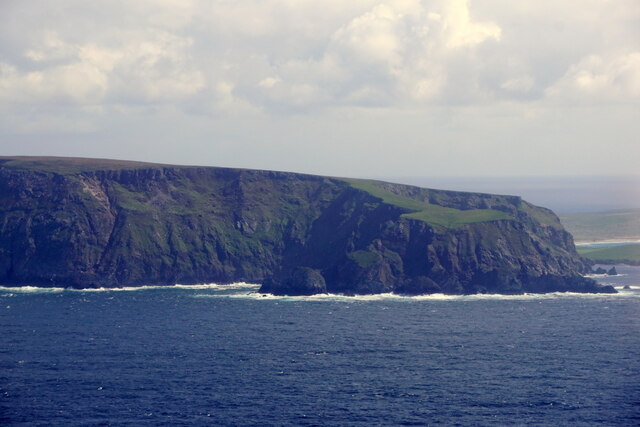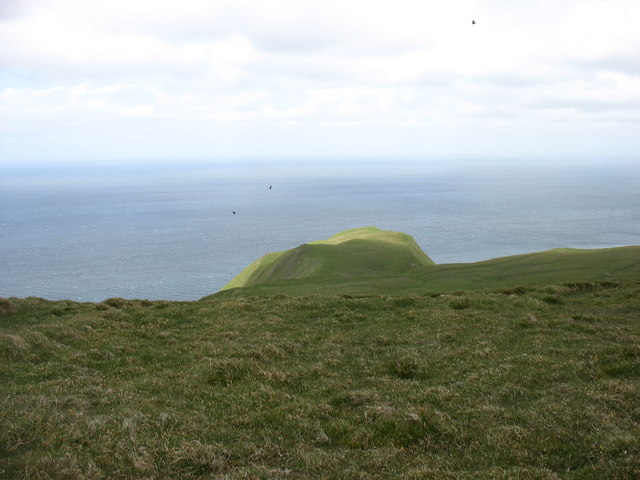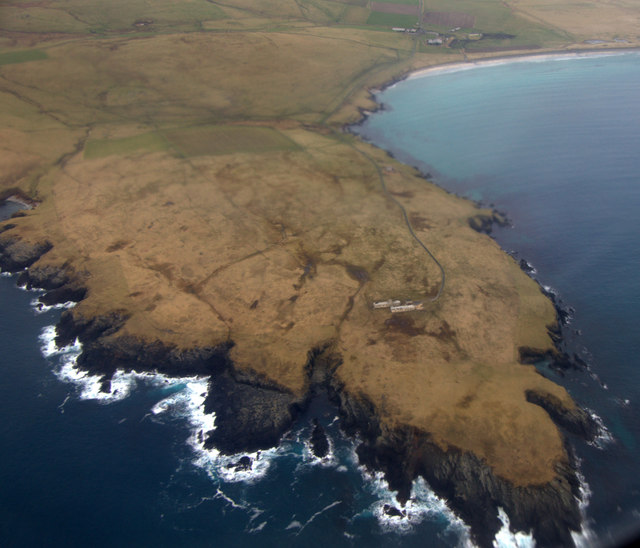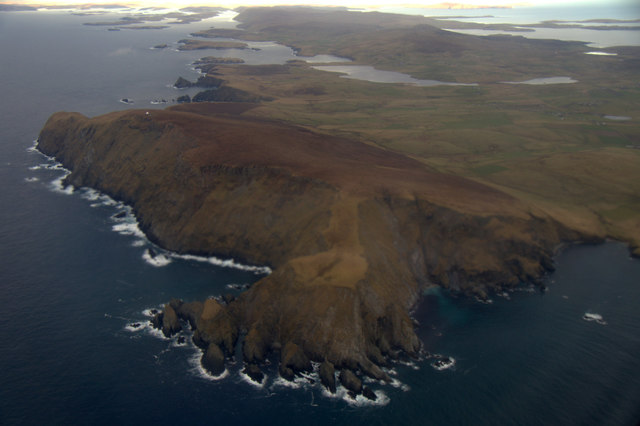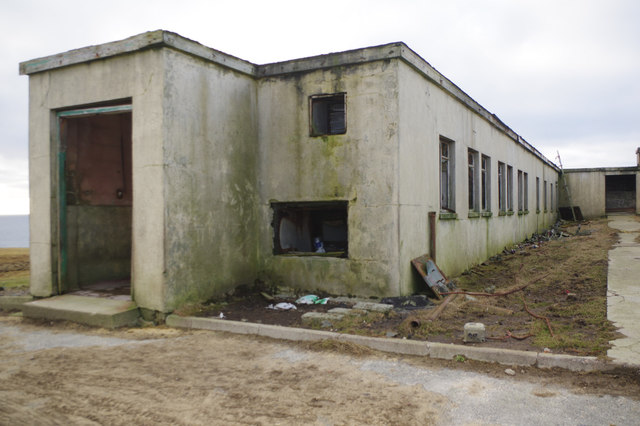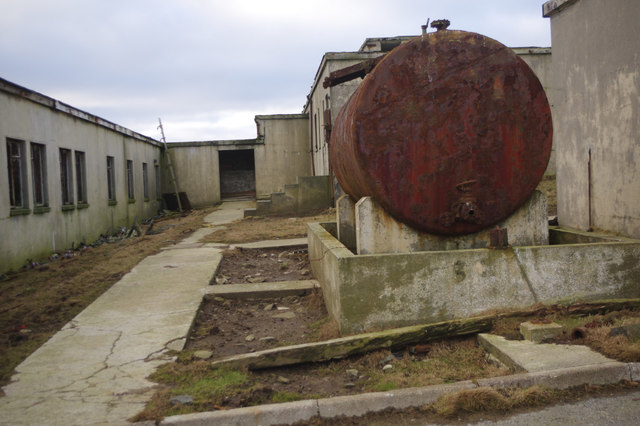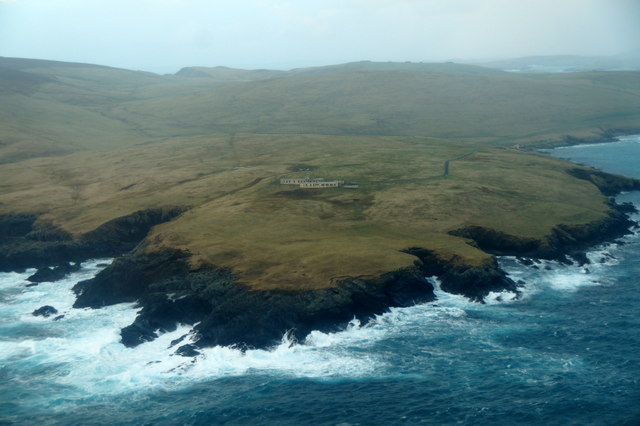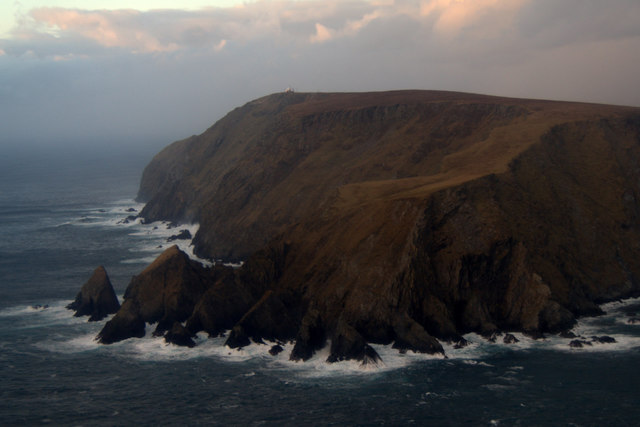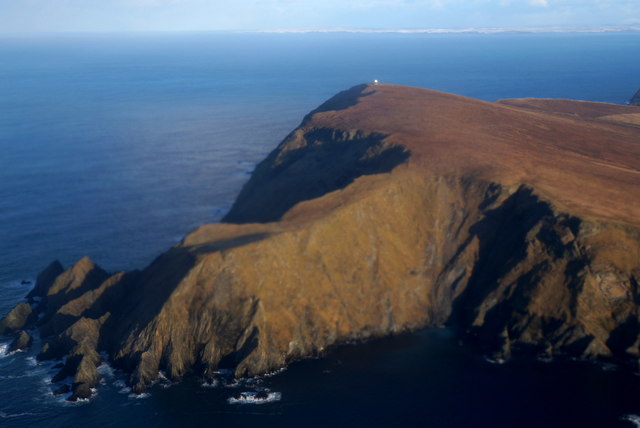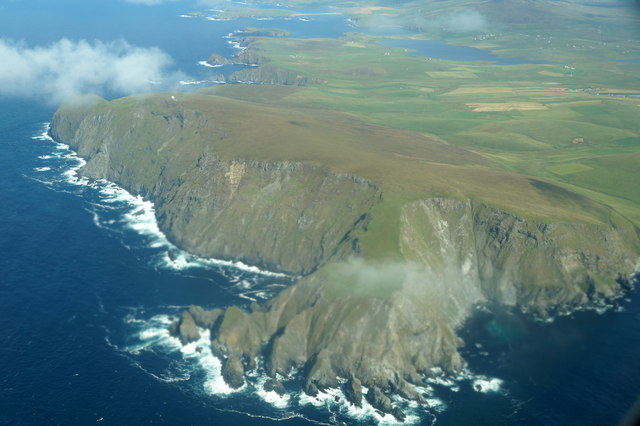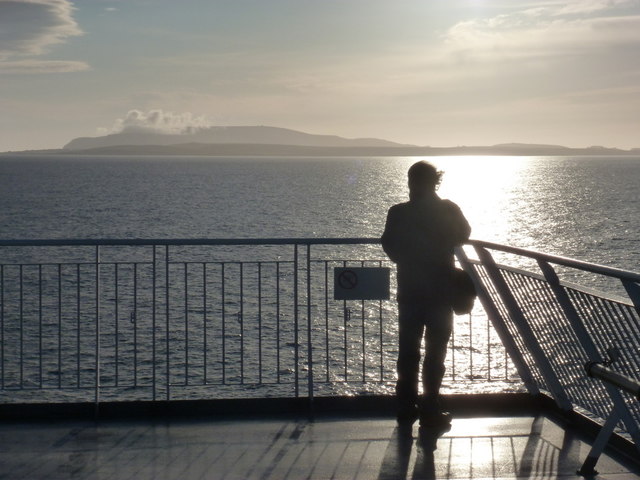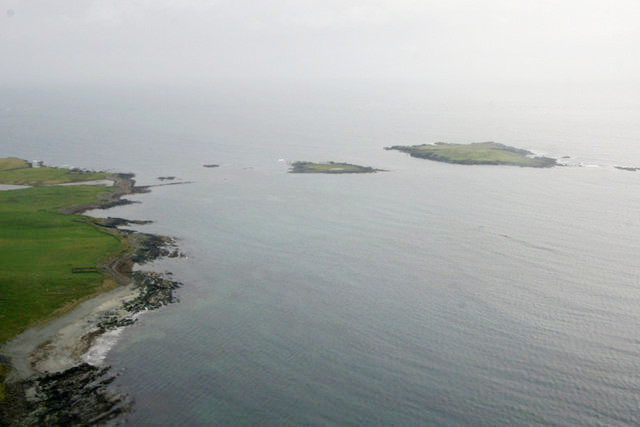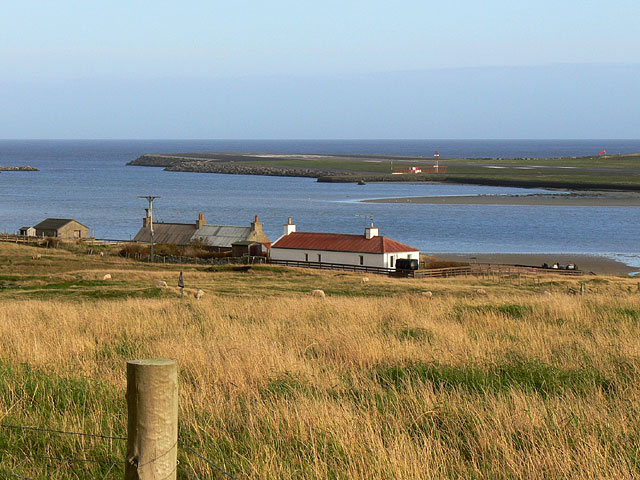Whales Wick
Bay in Shetland
Scotland
Whales Wick
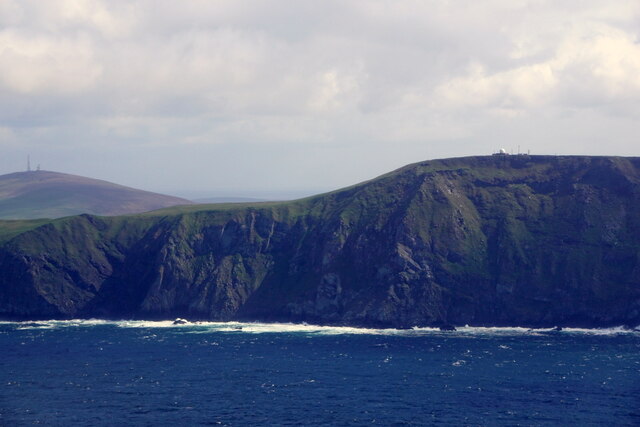
Whales Wick is a picturesque bay located on the island of Shetland, Scotland. Situated on the east coast of the mainland, this bay offers stunning views of the North Sea and is known for its rich marine life, especially whales and dolphins.
The bay itself is nestled between steep cliffs, providing a natural shelter from the strong winds and rough seas that characterize this region. The surrounding landscape is characterized by rugged beauty, with grassy cliffs and rocky outcrops adding to the charm of the area.
Whales Wick is renowned for being a prime spot for whale watching. Visitors can often catch a glimpse of various species of whales, including orcas, minke whales, and humpback whales, as they pass through the area during their migratory routes. Dolphins are also frequently spotted frolicking in the bay's waters, creating a captivating sight for onlookers.
Aside from its marine life, Whales Wick also offers opportunities for birdwatching. The cliffs provide nesting grounds for a diverse range of seabirds, such as puffins, guillemots, and razorbills, making it a haven for bird enthusiasts.
Access to Whales Wick is fairly easy, with a car park and a well-maintained footpath leading down to the bay. The area is also popular among hikers, who can enjoy scenic walks along the coastline or explore the nearby nature reserves.
Overall, Whales Wick is a captivating destination for nature lovers, offering breathtaking views, abundant wildlife, and a tranquil atmosphere that makes it a must-visit location in Shetland.
If you have any feedback on the listing, please let us know in the comments section below.
Whales Wick Images
Images are sourced within 2km of 59.894337/-1.3808257 or Grid Reference HU3412. Thanks to Geograph Open Source API. All images are credited.
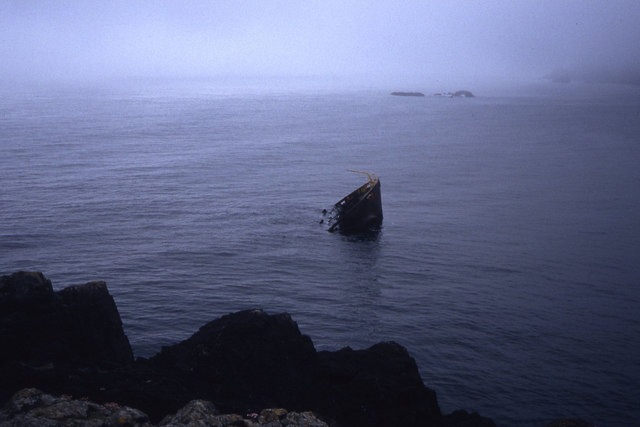
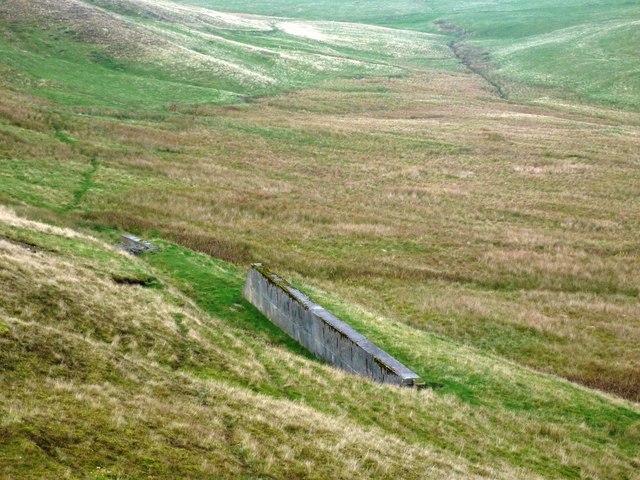
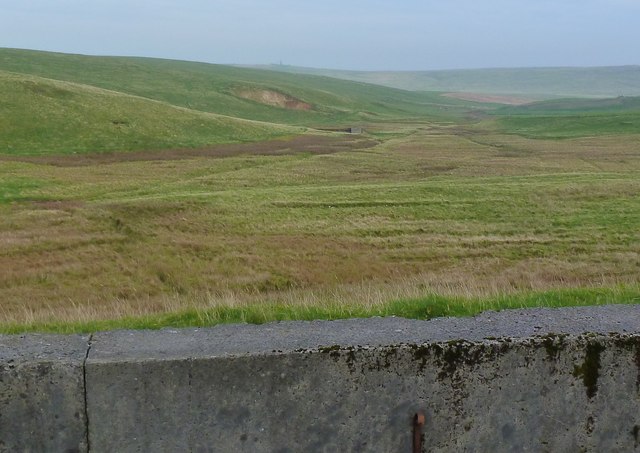
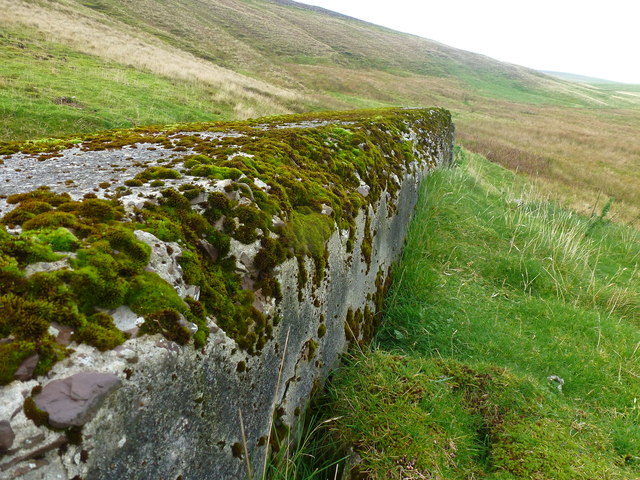
Whales Wick is located at Grid Ref: HU3412 (Lat: 59.894337, Lng: -1.3808257)
Unitary Authority: Shetland Islands
Police Authority: Highlands and Islands
What 3 Words
///dampen.starlight.overjoyed. Near Sumburgh, Shetland Islands
Related Wikis
Fitful Head
Fitful Head is a 283-metre-high (928 ft) headland at the southwest corner of Mainland, Shetland, Scotland, some 6 kilometres (3.7 mi) northwest of the...
MV Braer
The MV Braer was an oil tanker which ran aground during a storm off Shetland, Scotland, in January 1993, and nearly a week later broke up during the most...
Lady's Holm
Lady's Holm is an island off southern Mainland in the Shetland Islands. It is not to be confused with the Maiden Stack, which is also known as "Frau Stack...
Toab, Shetland
Toab is the southernmost village on Mainland, Shetland, Scotland. It is part of Virkie and overlooks Sumburgh Airport. Toab is within the parish of Dunrossness...
Little Holm, Dunrossness
Little Holm is a small island to the west of South Mainland in Shetland. It is near Scatness and Lady's Holm. A trawler was wrecked there in 1916. ��2...
Old Scatness
Old Scatness is an archeological site on Scat Ness, near the village of Scatness, in the parish of Dunrossness in the south end of Mainland, Shetland,...
Virkie
Virkie is the most southerly district of Shetland, other than Fair Isle and is best defined as the area south of the Ward Hill in Dunrossness, also locally...
Exnaboe
Exnaboe, locally referred to as 'bö', is a settlement in the Virkie area of the parish of Dunrossness, South Mainland, Shetland, Scotland, overlooking...
Have you been to Whales Wick?
Leave your review of Whales Wick below (or comments, questions and feedback).
